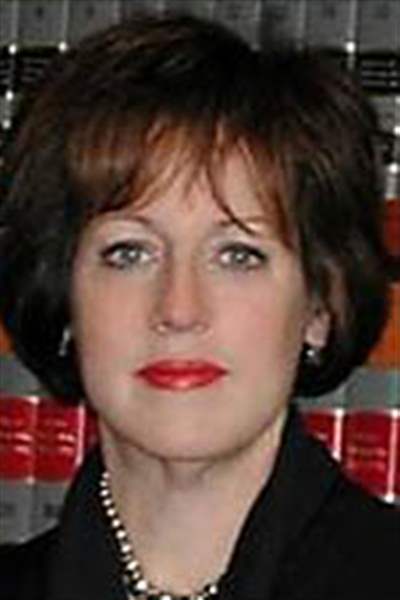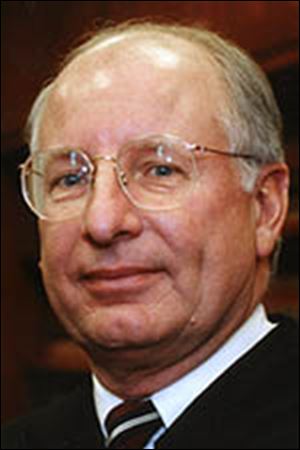
Top Ohio court considers JobsOhio protest
Plaintiff’s legal standing on behalf of public at issue
11/7/2013
O'Connor

O'Connor
COLUMBUS — Ohio Supreme Court Chief Justice Maureen O’Connor immediately cut to the chase Wednesday in the constitutional challenge to Gov. John Kasich’s signature private economic development corporation.

Pfeifer
“If not you and your group, who is positioned to bring this sort of challenge?” she asked Maurice Thompson, director of the conservative 1851 Center for Constitutional Law, which has joined with a liberal advocacy group and two Democratic lawmakers to challenge JobsOhio.
The state’s top court must decide whether the plaintiffs have legal standing on behalf of the public to challenge the constitutionality of Ohio’s intermingling of state assets with a private corporation that has assumed some of government’s prior functions.
“It appears that nobody has standing if the plaintiffs here do not have standing, and this causes judicial review to evaporate in instances like this,” Mr. Thompson said.
Soon after Gov. John Kasich took office in 2011, the Republican-controlled General Assembly approved his top priority of creating a nonprofit, private corporation to negotiate economic development deals free from some of the public record, ethics, audit, and other restrictions that apply to a government agency.
To provide its lifeblood, the state leased its lucrative liquor monopoly to JobsOhio for an upfront $1.4 billion. JobsOhio issued bonds guaranteed by future profits of the enterprise.
But because ProgressOhio, Sen. Mike Skindell (D., Lakewood), and former state Rep. Dennis Murray of Sandusky could not show they have suffered personal harm from the deal, their challenge was thrown out of Franklin County Common Pleas Court.
Waiting in the wings to hear the outcome of this case is another with potentially huge consequences for the state — a challenge to lawmakers’ approval without the vote of the people of slots-like video lottery terminals at horse-racing tracks.
The court did not immediately rule. If it does determine that the lawsuit can proceed, it could send it back to Franklin County for further proceedings or directly take up the constitutionality question itself.
“Doesn’t the same taxpayer-citizen-voter have the ability to merely vote out the legislature and the elected powers that put this program in place?” Justice O’Connor asked. “Isn’t that really the remedy here?”
“There are things the legislative in Ohio cannot do,” Mr. Thompson said. “There are limits they cannot surpass, and this court is the firm guardian of those limits. Otherwise, we don’t have a judicial review … and the legislature becomes all powerful.”
The state contends that there is no unconstitutional intermingling of public money with a private corporation and that only someone who suffers personal or financial harm — such as a liquor licensee or a business angered that a competitor has been given a JobsOhio-financed advantage — would have standing to sue.
Otherwise, it argued, the court would be opening the courthouse doors to anyone who disagrees with a policy decision of government.
The state also cautioned that just because someone else didn’t challenge the constitutionality of JobsOhio within the 90-day window created by the General Assembly doesn’t mean others couldn’t have done so if they wanted to.
“Having a claim and choosing to exercise it are different things,” said Stephen Carney, of the Ohio Attorney General’s Office.
From their questioning, the justices appeared split.
Justice Paul Pfeifer referred to another criticism of JobsOhio, the fact that many of its functions take place out of sight, when questioning whether a potential plaintiff would even know he’s been harmed.
“I sort of see a big wall,” he told Mr. Carney. “It all looks alike. It’s all painted the same color. Somehow the Supreme Court and the courthouse are behind the wall, but finding the door — where is it? You’re saying it’s there, but I’m not understanding where the door is.”
Contact Jim Provance at: jprovance@theblade.com or 614-221-0496.